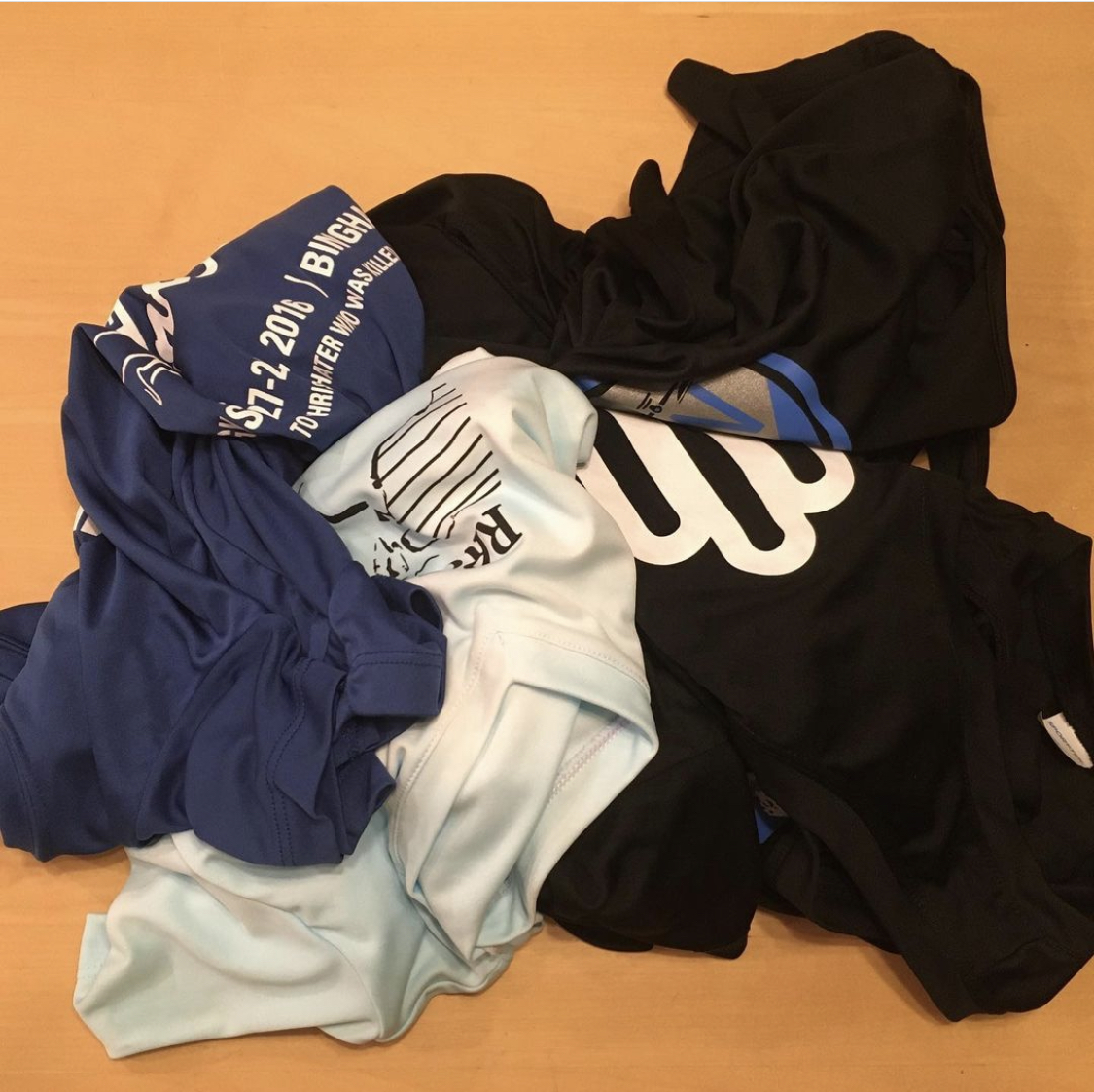Searching For a Girl Gang
Raise your hand if you have recently read an article, or listened to a podcast, that proclaimed, “The future of ultrarunning is female!” Ann Trason and Pam Reed must be so glad that the world finally caught up to them. Being competitive with and beating the men of their heydays was the norm for these two legends, however part of what made them extra legendary was their gender. In a male dominated sport, the women at the tip of the spear were spectacles. The feats of Courtney Dauwalter and Camille Herron recently have raised the bar for what is possible in ultrarunning for all humans, not just women. Indeed, while every month during racing season we see a handful of first overall females. So, if women are outperforming men at ultra-distances, why I am seeing so few female buckles at local 24 hours events?

Math. The simple answer is math. The number don’t lie: the field demographics at ultramarathons are overwhelmingly male. So as the numbers of female participants increase, the sheer small sample size will yield a few outliers of excellence, but the overall number of female finishers will remain a small fraction of the male ones. As math explains the numbers, perhaps sociology can shed light on why we keep reading about the increase. Sociological studies suggest that more women are graduating with advanced degrees in historically male dominated fields such as engineering and ecology. Furthermore, there were more females enrolled in higher education than males in 2019. Alas, as in running there is a long way to go.
The Anchor Down Ultra, in Bristol, Rhode Island is a case study in such gender disparity at the 24 hour race distance. The Math there reveals that over the race’s 7-year history for every 16 males earning a buckle only one female does. This year 77 males began the race while only 39 females did. Multiple males earn buckles every year, but the race has never seen multiple female buckle earners in any given year. Most recent “buckle class” topped 18 people, the largest in race history; Kalli Fatti was the sole female member.
None of my degrees are in sociology or math so I will not profess that I have deconstructed the structural bias of our culture with its assigned gender roles and privileges. I am sure they exist in ways that prevent some females from feeling strong enough or brave enough. I am also sure that it is time to run right through those constructs; after all they keep telling me that the future of ultrarunning is female.
I have one goal for 2023, to make sure there is a whole girl gang with big buckles standing tall and taking up space, because they also keep telling me that running is a metaphor for life.
Add Comment
You must be logged in to post a comment.







